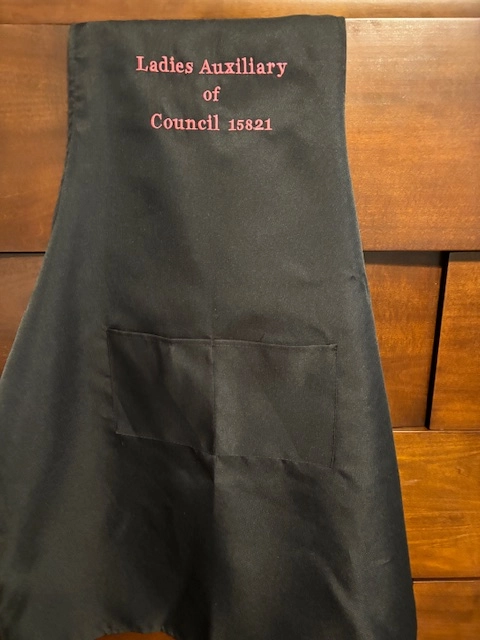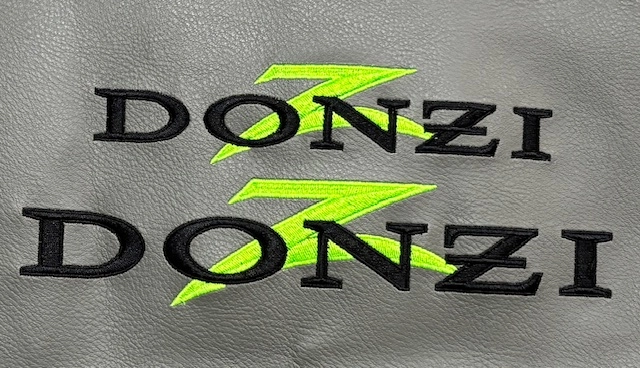Personalized Embroidery for All Your Requirements - From School Uniforms to Sports Teams
Personalized Embroidery for All Your Requirements - From School Uniforms to Sports Teams
Blog Article
The Art of Custom-made Needlework: Opening the Secrets to Creating Special and Unforgettable Layouts
The tricks to developing customized needlework designs that mesmerize the eye and leave a long-term perception lie in a fragile equilibrium of strategy, creativity, and attention to detail. As we dig right into the world of personalized embroidery, we uncover the nuanced interplay between thread option, sew intricacy, and layout customization that raises a plain garment to a work of art.
Choosing the Right Needlework Threads
When selecting embroidery strings, what essential aspects should you think about to ensure the ideal results for your personalized designs? The option of embroidery thread is critical in figuring out the final outcome of your embroidered layout. Among the main considerations is the material of the string. Various materials such as cotton, polyester, rayon, and silk supply differing degrees of luster, resilience, and structure. It is vital to choose a string material that complements the textile you are embroidering on and straightens with the preferred appearance of the style.
Thicker threads can include dimension and structure to your layout, while finer threads are suitable for elaborate information and little text. Furthermore, considering the color fastness and washability of the thread is important to guarantee that your custom-made layouts keep their high quality and vibrancy over time.
Discovering Various Stitch Strategies
To delve into the realm of 'Checking out Various Stitch Methods', one need to understand the ins and outs and subtleties that each sewing method gives the art of needlework. Various stitch strategies not just include visual passion yet additionally add to the total appearance and dimension of the design. One popular stitch strategy is the satin stitch, which involves carefully stuffed parallel stitches to develop a smooth and glossy surface area, perfect for filling up in forms and producing vibrant details.
On the other hand, the backstitch is a versatile technique typically made use of for detailing and including fine information. It involves sewing backward to develop a solid line of embroidery. In addition, the French knot stitch includes a tactile aspect to styles, perfect for producing distinctive accents like blossom centers or decorative touches.
Discovering various stitch methods allows embroiderers to play with light, shadow, and depth within their styles, raising the aesthetic charm and imaginative quality of their needlework tasks. By understanding numerous stitching methods, one can unlock unlimited opportunities for creating unique and unforgettable custom-made needlework items.
Incorporating Personalized Design Components
Having actually checked out the intricacies of different stitch strategies such as the satin stitch, backstitch, and French knot, the emphasis now moves towards including tailored layout aspects in customized needlework tasks. Customized style aspects play a vital function in making embroidery jobs absolutely unique and unforgettable. One means to integrate customization is by including initials, names, or substantial dates to the style. This not only adds top article a tailored touch yet additionally improves the emotional value of the embroidery piece.
Another Discover More method to include individualized layout components is by including signs or motifs that hold special meaning to the recipient or show their interests and personality. As an example, integrating a preferred blossom, pet, or hobby-related icon can make the embroidery style extra significant and customized. Additionally, picking shades that reverberate with the recipient or straighten with the designated motif can further boost the personalization of the needlework job.
Mastering the Art of Shade Sychronisation

One key facet of color sychronisation is recognizing color theory. This consists of recognizing just how various colors engage with each other, the feelings they share, and exactly how they can be incorporated to create visually enticing designs. By using shade concept principles, embroiderers can create unified color combinations that improve the total appearance of the layout.
Additionally, taking notice of contrast is critical in shade control. Making use of contrasting shades can assist particular components of the layout pop, boost readability, and develop a visually dynamic embroidery piece. By mastering the art of shade coordination, embroiderers can boost their styles and click here to read create remarkable items that reverberate with clients and viewers alike.
Enhancing Texture With Advanced Needlework Stitches

French knots, as an example, are best for adding tiny, raised dots to your design, simulating the look of beads or producing a textured surface area. Bullion knots, on the various other hand, can be used to create twisted, ropelike components that add a glamorous feeling to the needlework. Seed sewing involves little, scattered stitches that can complete areas with a speckled structure, while turkey job develops fluffy, dimensional accents evocative pet fur or foliage. Explore these sophisticated embroidery stitches allows you to press the limits of conventional embroidery and develop absolutely unique and aesthetically appealing structures in your layouts.
Conclusion
To conclude, the art of custom-made embroidery entails a mix of picking the best threads, checking out numerous stitch techniques, integrating individualized layout aspects, mastering color sychronisation, and enhancing structure with innovative stitches. By recognizing and applying these key components, embroiderers can develop unique and memorable styles that display their creative thinking and skill. Needlework enthusiasts can open the keys to producing attractive and bespoke pieces that stand apart and leave an enduring impact.
Report this page